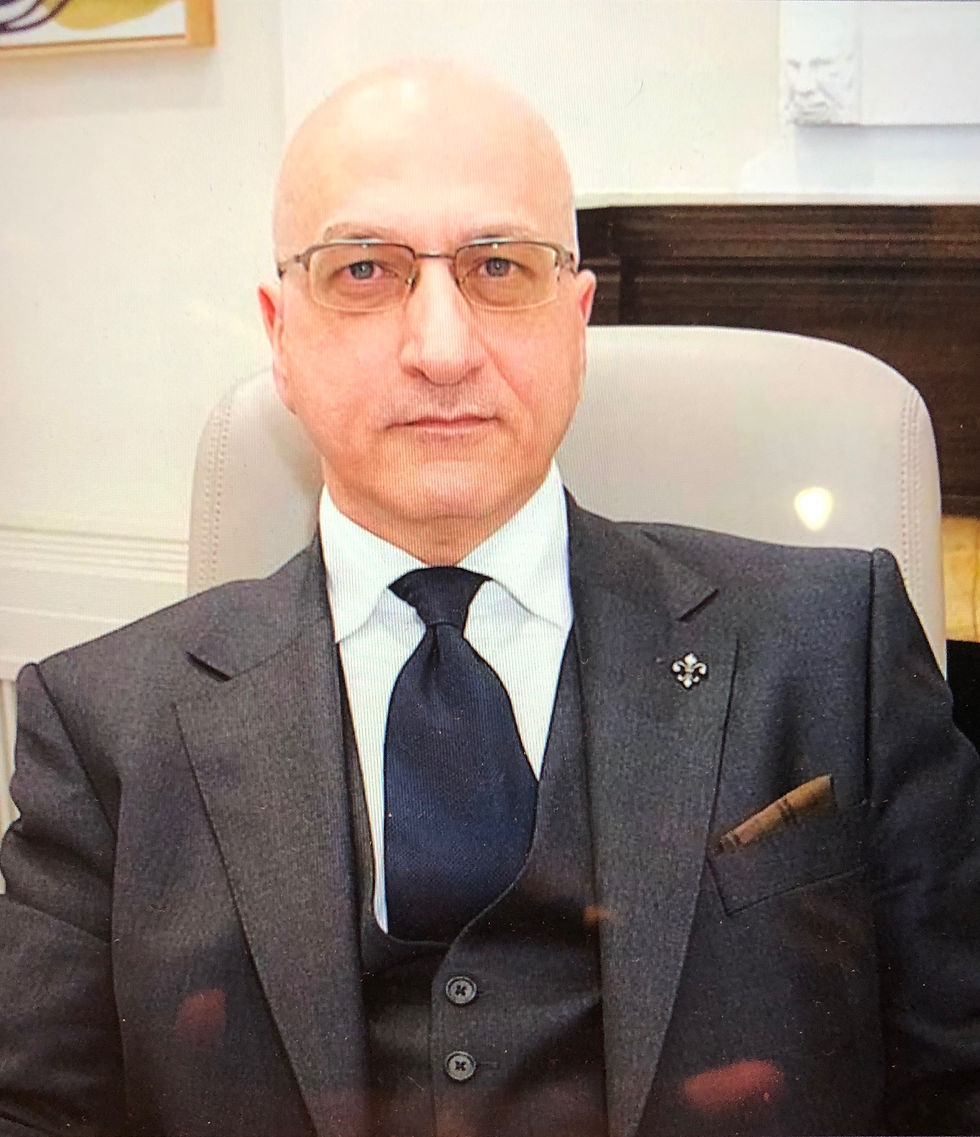Liposuction is a procedure used to remove excess body fat. This surgery is also referred to as ‘liposculpture’ or ‘suction-assisted lipectomy’. The procedure usually removes fat from the hips, thighs, flanks, tummy, and male breasts where it most commonly accumulates.
Liposuction is most suitable for people who are already a healthy weight, but have stubborn fat deposits that normal exercise just won’t shift. This minimally invasive treatment uses small tubes known as cannualas with suction to remove excess fat. Only fat cells are targeted, which means that surrounding, healthy tissue is left undamaged. This procedure can also be safely used in combination with other cosmetic interventions such as: a tummy tuck, breast reduction or a facelift.
What is liposuction?
Liposuction involves removing fat by sucking it out through a tube. It is most effective for people whose weight is normal and who have have firm, elastic skin. It is not a substitute for losing weight.
Why have liposuction?
Liposuction can help to correct and improve the contours of parts of the body it is difficult to shift weight from. The areas that are most commonly treated by liposuction are the tummy, hips, buttocks, thighs, knees, neck and upper arms. Liposuction can also be used to remove lipomas (non-cancerous tumours of fatty tissue) and fatty swellings that can develop under men’s nipples to look like breasts (gynaecomastia).
How is the procedure performed?
Liposuction is carried out using a thin tube called a cannula that is inserted through tiny cuts in the skin. The cannula is used to loosen the fat and make the body part being treated a nicer shape. Next, a special suction device is attached to the cannula, and the fat is sucked from the body. Finally, the cuts in the skin are sewn up.
There are some slightly different techniques. Some surgeons inject the area being treated with solutions (known as a wet or tumescent technique), and others do not. Suction is usually performed with a powerful vacuum machine, but it is sometimes possible to use a simple syringe for small areas. Ultrasound assisted lipectomy, where ultrasound waves are used to help disrupt the fat cells and make them easier to remove, is another technique.
Dressings
You will have some small dressings on the cuts that were made. Tight bandages or compression garments will reduce swelling and help the body adapt to its new shape. Compression garments should be worn both day and night, except when showering, for at least two weeks, and then during the day for another four to six weeks.
After liposuction, you must wear a snug compression garment around your lower body to reduce swelling
Recovery
You will be out of bed on the same day as your surgery. Rest for a few days to allow the fluid in the area you had treated to be absorbed.
If you only had a small amount of fat removed, you should be able to return to work within a few days. However, you may need extra time off if the liposuction was more extensive.You should be back to normal exercise in three to four weeks. Avoid strenuous activity for 10 to 12 weeks. With all activities, start gently.
Do not drive until you feel safe and are comfortable wearing a seatbelt. Check your insurance documents if you are not sure.
You can expect considerable bruising which will be uncomfortable and painful at times. The larger the area treated, the greater the pain will be. The bruising will usually be visible for about a month, but the lumpiness and swelling of deep bruising can take up to six months to disappear, particularly if your tummy or ankles have been treated. As swelling can take a long time to go down, you may not see the full benefit of the liposuction for up to six months. Rarely, a greyish stripe can discolour the skin for several months. This is more common when the ankles have been treated. If you have a tendency to be anaemic, or if you have had a large area treated, you may need to take iron tablets for a month.
Seeing the results
At first you will feel swollen and look bruised. This should settle down within one to six months and reveal your final shape. The effects of the liposuction should be long lasting if you keep your weight stable.
Your aftercare
-
To protect your body, and get the best result, look after yourself.
-
Avoid vigorous activities after your operation.
-
Protect your wounds as you are told to.
-
Putting on weight or being pregnant will affect the results.
-
Maintain a healthy weight and level of exercise.
What to look out for
Bleeding after surgery can cause swelling, a change in colour, and pain, usually just on one side. The signs of an infection are pain, redness, swelling and pus in the wound, and you may also have a temperature. A blood clot on the leg can cause swelling and pain in the calf. If the clot goes to the lung, you might be breathless or have pain in your chest. If the wound is not healing well, it may be sore and weep.If you have any worries after your operation, speak to a doctor or go to A&E.
meet our team
Body Surgery is performed by some of the top consultant plastic surgeons. Book a consultation now to discuss your treatment options



our clinics
Come and meet our highly trained surgeons in one of our clinics:






